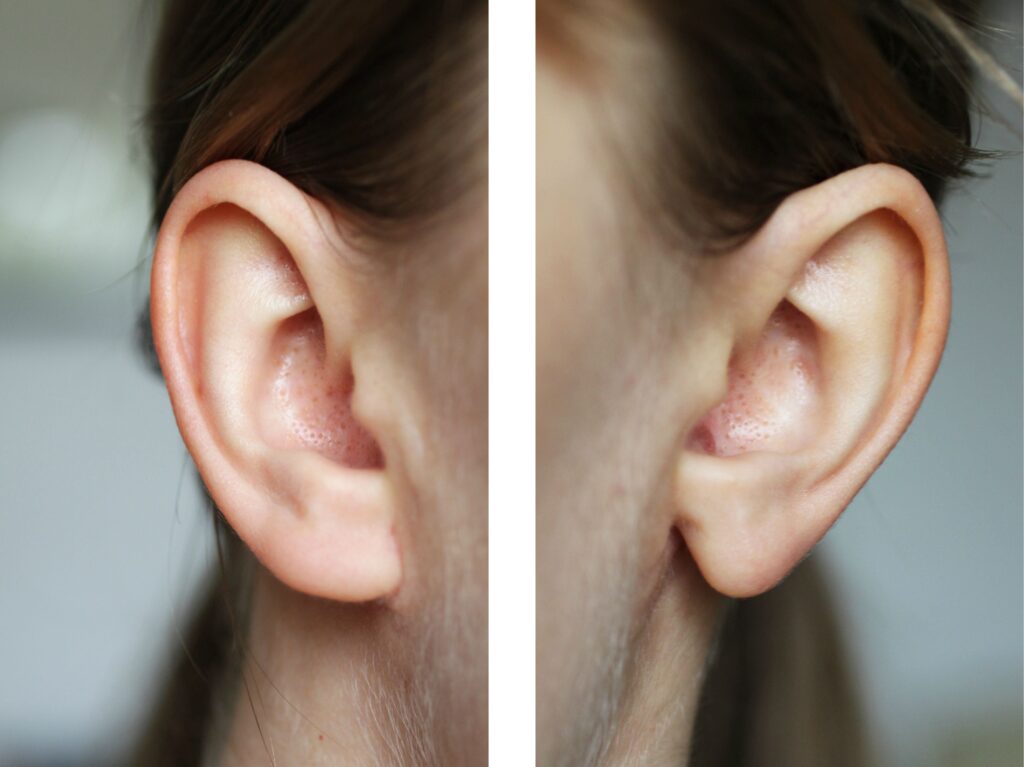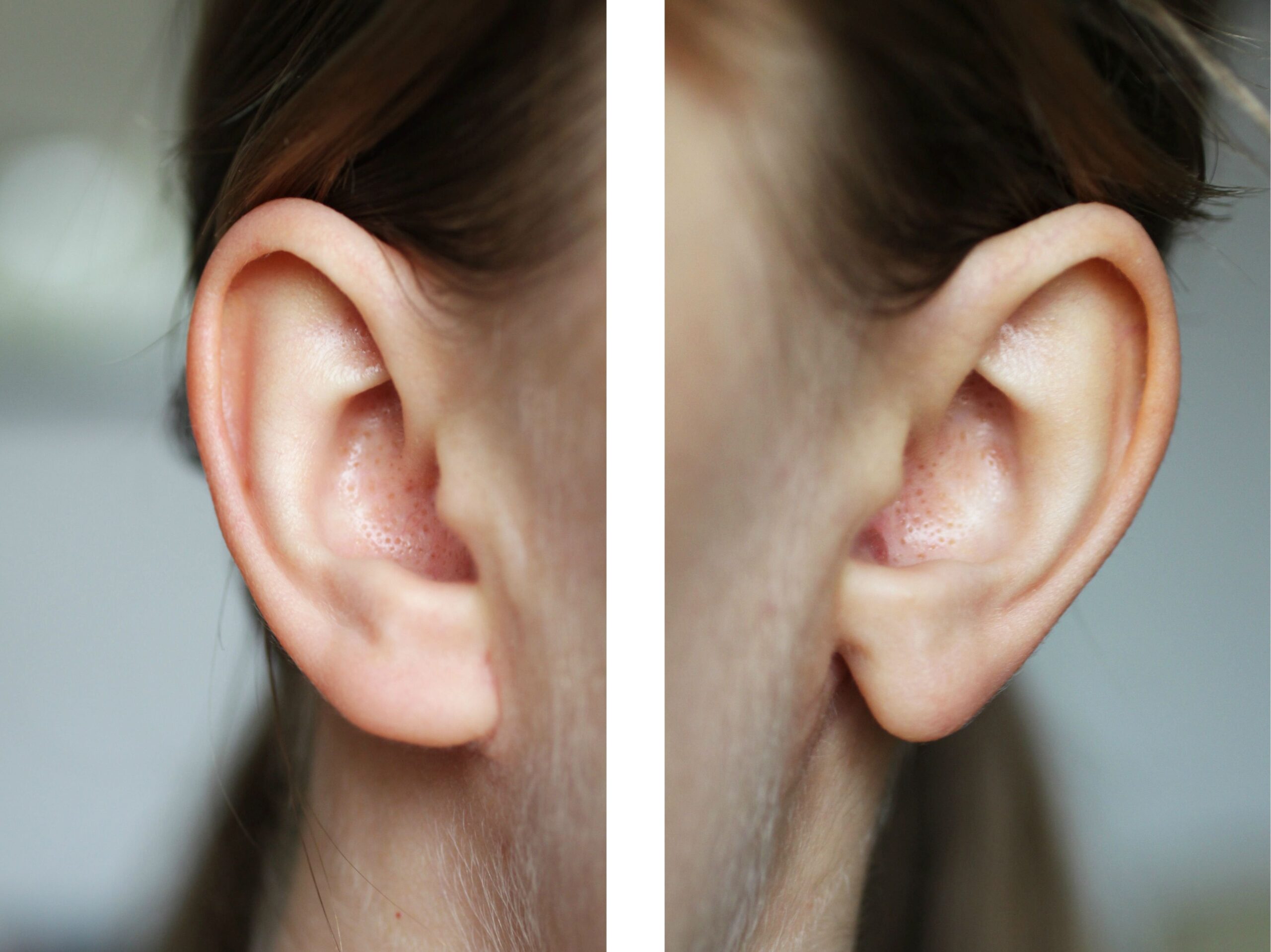
Attached vs Detached Earlobes: Unraveling the Genetics and Evolutionary Significance
The human body is a fascinating tapestry of inherited traits, each telling a story of our ancestry and genetic makeup. Among these intriguing characteristics, the distinction between attached vs detached earlobes stands out as a readily observable and widely discussed example. While seemingly trivial, the presence of attached earlobes or detached earlobes has sparked curiosity for generations, leading to various theories about its genetic basis and potential evolutionary significance. This article delves into the genetics, prevalence, and evolutionary perspectives surrounding this intriguing human trait.
The Genetics Behind Earlobes: A Simplified Explanation
For many years, the inheritance of attached vs detached earlobes was presented as a classic example of simple Mendelian genetics, where a single gene with two alleles determined the phenotype. In this simplified model, detached earlobes were considered the dominant trait, while attached earlobes were considered recessive. However, modern genetic research has revealed a more complex picture.
While the exact genes responsible for earlobe attachment are still being investigated, it is now understood that multiple genes likely contribute to this trait. This means that the inheritance pattern is not as straightforward as previously thought. Environmental factors might also play a role in influencing the development of earlobe attachment. The complexity of this genetic trait highlights the limitations of earlier, simplistic models.
Understanding the complexities of human genetics is an ongoing process. What was once believed to be a simple dominant/recessive trait (attached vs detached earlobes) has proven to be a more nuanced characteristic influenced by multiple genes and potentially environmental factors. Further research is needed to fully unravel the genetic architecture of earlobe attachment.
Prevalence of Attached and Detached Earlobes Across Populations
The frequency of attached earlobes and detached earlobes varies across different populations worldwide. Some studies suggest that attached earlobes are more common in certain ethnic groups, such as those of Asian descent, while detached earlobes may be more prevalent in other populations, such as those of European descent. These variations in prevalence can provide valuable insights into the genetic history and migration patterns of human populations.
It is important to note that these are general trends, and there is significant variation within populations. Factors such as genetic drift, founder effects, and natural selection could have contributed to the observed differences in earlobe attachment frequency across different groups. Studying the distribution of attached vs detached earlobes can offer clues about the evolutionary pressures and demographic events that have shaped human genetic diversity.
Large-scale genetic studies that include diverse populations are crucial for gaining a more comprehensive understanding of the global distribution of attached earlobes and detached earlobes. Such studies can help identify the specific genes that contribute to earlobe attachment and shed light on the evolutionary forces that have influenced the prevalence of this trait in different parts of the world.
Evolutionary Significance: Speculations and Theories
The evolutionary significance of attached vs detached earlobes remains largely speculative. There is no strong evidence to suggest that either type of earlobe confers a significant survival advantage or disadvantage. However, some researchers have proposed potential theories about the evolutionary origins of this trait.
One theory suggests that earlobe attachment may be linked to other, more functionally important traits that are under selection. In this scenario, the genes that influence earlobe attachment may be located near genes that affect other characteristics, leading to the indirect selection of one earlobe type over another. This phenomenon, known as genetic linkage, can result in the seemingly random distribution of traits that are not themselves directly related to survival or reproduction.
Another possibility is that earlobe attachment is simply a neutral trait that has arisen through random genetic drift. In small populations, chance fluctuations in gene frequencies can lead to the fixation of certain alleles, even if they do not provide any adaptive benefit. Over time, these random changes can result in significant differences in the prevalence of attached earlobes and detached earlobes across different populations.
It is also conceivable that earlobe attachment once served a specific function in our ancestors but has since lost its adaptive significance. Vestigial traits, such as the human appendix, are examples of characteristics that were once useful but are no longer essential for survival. While there is no direct evidence to support this hypothesis in the case of earlobe attachment, it remains a possibility that cannot be entirely ruled out.
Attached vs Detached Earlobes: A Matter of Personal Identity
Regardless of its genetic basis or evolutionary significance, the presence of attached earlobes or detached earlobes is a unique characteristic that contributes to an individual’s personal identity. While it may not be a defining feature, it is one of the many small variations that make each person distinct. Understanding the genetics and prevalence of this trait can provide a deeper appreciation for the diversity of human characteristics.
From a purely aesthetic perspective, some people may prefer the appearance of attached earlobes, while others may prefer detached earlobes. These preferences are subjective and vary widely across individuals and cultures. Ultimately, the beauty of human diversity lies in the wide range of physical traits that we possess, including the shape and attachment of our earlobes.
Whether you have attached earlobes or detached earlobes, this trait is a testament to the complex interplay of genes, environment, and evolutionary history that has shaped the human species. By exploring the genetics and prevalence of earlobe attachment, we can gain a greater understanding of our shared ancestry and the remarkable diversity of human characteristics. [See also: Genetic Traits and Inheritance Patterns]
Dispelling Myths About Attached and Detached Earlobes
Over the years, various myths and misconceptions have surrounded the topic of attached vs detached earlobes. One common myth is that earlobe attachment is directly linked to certain personality traits or health conditions. However, there is no scientific evidence to support these claims. Earlobe attachment is primarily a genetic trait that is not associated with any specific behavioral or medical characteristics.
Another misconception is that earlobe attachment can be easily altered or modified. While cosmetic surgery can change the appearance of earlobes, the underlying genetic basis remains unchanged. The shape and attachment of earlobes are largely determined by genes that are inherited from our parents.
It is important to rely on accurate and evidence-based information when discussing genetic traits such as earlobe attachment. Dispelling myths and misconceptions can help promote a more informed and nuanced understanding of human genetics. [See also: Debunking Common Genetic Myths]
Conclusion: Appreciating Human Diversity
The distinction between attached vs detached earlobes serves as a compelling example of the genetic diversity within the human species. While the inheritance of this trait is more complex than previously thought, it offers a valuable opportunity to explore the principles of genetics, population variation, and evolutionary history. Whether you have attached earlobes or detached earlobes, this unique characteristic is a testament to the rich tapestry of human traits that make each individual special. By embracing and appreciating our differences, we can foster a greater understanding of ourselves and the world around us. The ongoing research into human genetics continues to reveal the intricacies of our inherited traits, offering new insights into the factors that shape our physical characteristics and contribute to the remarkable diversity of humankind. [See also: Understanding Human Genetic Variation]

